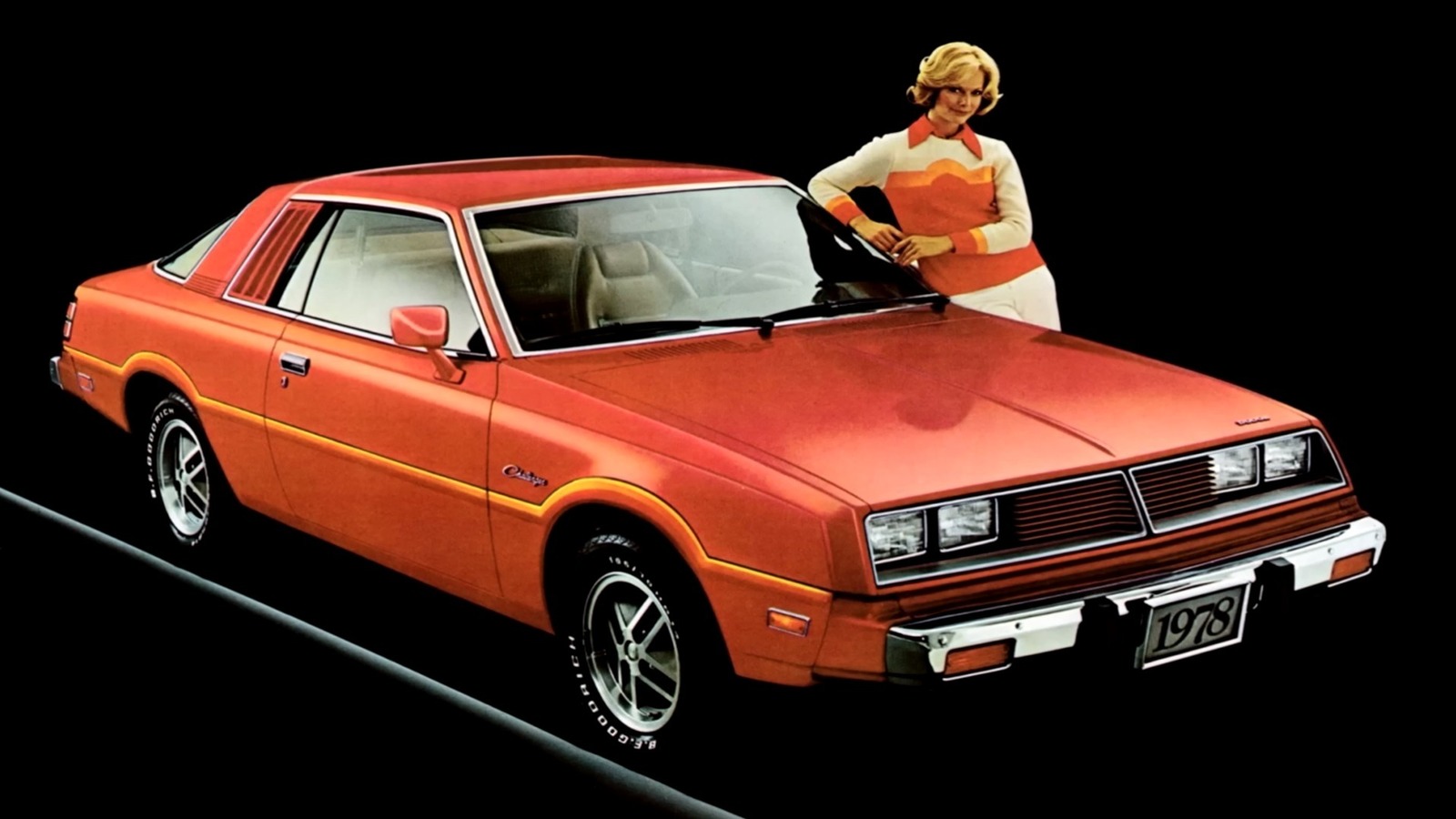
There are several competing automakers that end up designing models that look similar, but what about ones that appear identical? Sometimes, in an effort to save money, one car company might simply rebrand another manufacturer's vehicle, and just change the name. This is referred to as badge engineering, and is done between brands under the same parent company or through deals with other auto industry giants. The practice of badge engineering has received mixed reception over the years, with some good outcomes and some truly awful ones.
A notorious example of badge engineering is the 1978 Challenger, which is just a rebranded Mitsubishi Galant. Its hard to believe this late 70s clunky-rebrand iteration shares the same moniker as the 1970 Challenger 'Black Ghost' . On the plus side, rebranding an existing vehicle can save substantially on production overhead.

However, automotive enthusiasts seem to have a keen sense in identifying a true successor to a beloved model versus a name-swapped interloper. Of course, once the truth of badge engineering is discovered, sales can plummet as word gets out because the move can appear misleading. Sometimes though, an automaker can get away with the ruse, as evidenced by these cars you probably didn't realize were rebadged models .
Japanese automaker Honda has experienced significant success with its Accord model selling over 300,000 units per year in the US eleven times over the past two decades. The Accord released in the US in the late 2.














